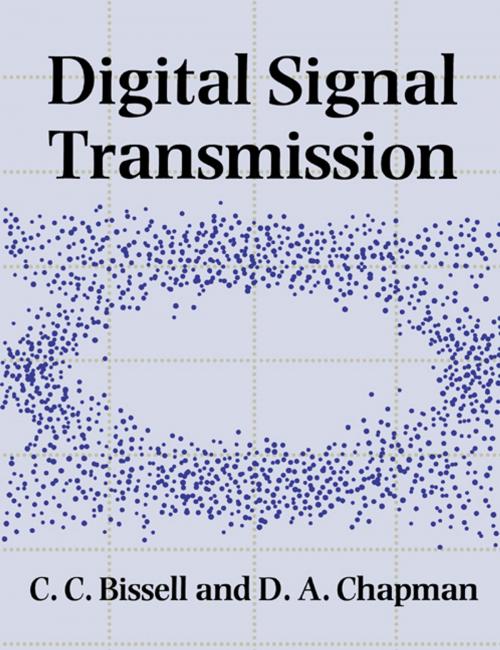Digital Signal Transmission
Nonfiction, Science & Nature, Technology, Engineering, Computers, General Computing| Author: | Chris Bissell, David Chapman | ISBN: | 9781316098677 |
| Publisher: | Cambridge University Press | Publication: | August 20, 1992 |
| Imprint: | Cambridge University Press | Language: | English |
| Author: | Chris Bissell, David Chapman |
| ISBN: | 9781316098677 |
| Publisher: | Cambridge University Press |
| Publication: | August 20, 1992 |
| Imprint: | Cambridge University Press |
| Language: | English |
This textbook will provide both undergraduates and practising engineers with an up-to-date and thorough grounding in the concepts of modern digital transmission. The book is not encyclopaedic, rather it selects the key concepts and processes and explains them in a deliberate pedagogic style. These concepts and processes are then illustrated by a number of system descriptions. The book is divided into three parts. The longest, Part II, describes the basic processes of digital transmission, such as matched filter detection, pulse shaping, line coding, channel coding, error detection and correction, etc. Understanding the concepts behind these processes requires a grasp of basic mathematical models, and this is provided in Part I. Finally, to put the processes in context, Part III describes elements of the public switched telephone network. The text is written throughout in a modern, digital context, and is comprehensively illustrated with helpful figures. Although the mathematical models (time- and frequency-domain concepts) have wider relevance, they are developed specifically for modelling digital signals. The processes described are those found in current transmission systems, and the description of the PSTN includes an outline of newly formulated standards for the synchronous digital hierarchy (SDH), SONET and for broadband ISDN (ATM). The book will be of great value to 2nd and 3rd year undergraduates studying telecommunications, as well as to graduate trainees and practising engineers. It is appropriate for either private study or as a text associated with a taught telecommunications course. The many worked examples and exercises with solutions will be particularly helpful.
This textbook will provide both undergraduates and practising engineers with an up-to-date and thorough grounding in the concepts of modern digital transmission. The book is not encyclopaedic, rather it selects the key concepts and processes and explains them in a deliberate pedagogic style. These concepts and processes are then illustrated by a number of system descriptions. The book is divided into three parts. The longest, Part II, describes the basic processes of digital transmission, such as matched filter detection, pulse shaping, line coding, channel coding, error detection and correction, etc. Understanding the concepts behind these processes requires a grasp of basic mathematical models, and this is provided in Part I. Finally, to put the processes in context, Part III describes elements of the public switched telephone network. The text is written throughout in a modern, digital context, and is comprehensively illustrated with helpful figures. Although the mathematical models (time- and frequency-domain concepts) have wider relevance, they are developed specifically for modelling digital signals. The processes described are those found in current transmission systems, and the description of the PSTN includes an outline of newly formulated standards for the synchronous digital hierarchy (SDH), SONET and for broadband ISDN (ATM). The book will be of great value to 2nd and 3rd year undergraduates studying telecommunications, as well as to graduate trainees and practising engineers. It is appropriate for either private study or as a text associated with a taught telecommunications course. The many worked examples and exercises with solutions will be particularly helpful.















